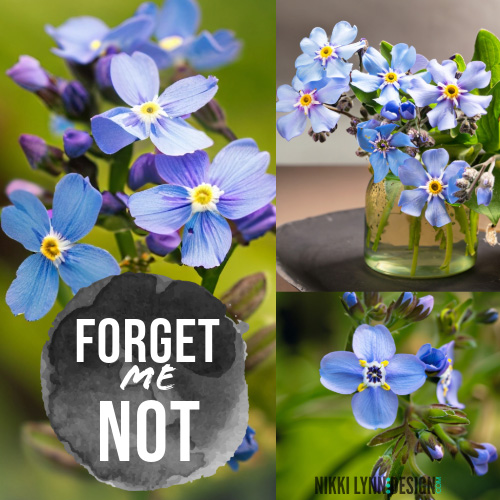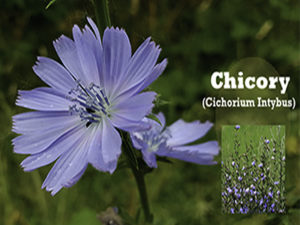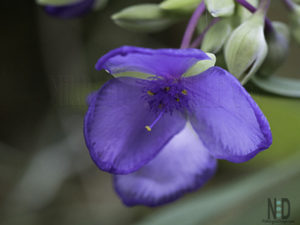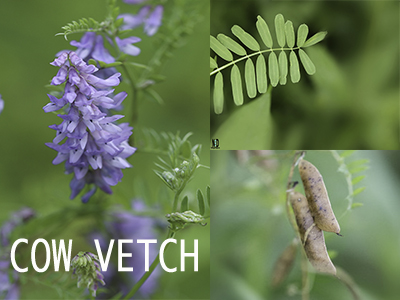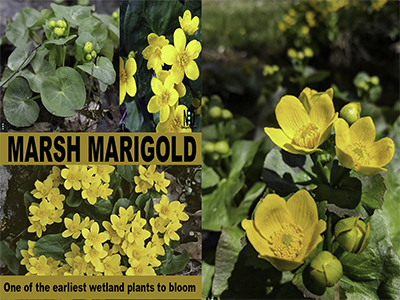Forget Me Not Wildflower
In the grand tapestry of wildflowers that adorn our landscapes, few hold the same sentimental significance as the humble forget-me-not wildflower.
Despite its size, this delicate bloom carries a profound message of remembrance, making it a beloved favorite among gardeners and nature enthusiasts alike. In this blog post, we delve into the world of the forget-me-not wildflower, exploring its symbolism, folklore, and enduring beauty.

General Information
- Habitat: The wildflower is a perennial that is most often found in woodland gardens, along creek beds, or in wetland areas with rich soil. They will tolerate sun and shade but like damp soil.
- Flowers: Flowers are blue, white, pink, or yellow with a yellow center have 5 petals and 5 sepals, and are about 12 inches tall. They bloom in spring or directly after the snow melts in winter.
- Medical Uses: The plant is known for its astringent properties and is used as a lotion for many eye diseases. It can also be ground into a powder and applied externally to wounds, and the leaf juice has been used to stop nose bleeds.

| Genus: | Myosotis arvensis |
| Family: | Borages |
| Life Cycle: | Perennial |
| Origin: | Native |
| Habitat: | Deciduous forests and woodlands with decaying plant matter. Along river banks. |
| Bloom Season: | March, April & May in Wisconsin (For about 2 weeks) |
| Plant Height: | 8 to 20 inches |
| Other Names: | Water Forget-me-not, Yelloweye forget-me-not, Scorpion Weed, Love-me, Marsh Scorpion Grass, Mouse-Ear Scorpion Grass, Snake Grass |
A Symbol of Remembrance
The forget-me-not, with its dainty blue petals and vibrant yellow centers, has long been associated with sentiments of love, remembrance, and fidelity. Legend has it that the name “forget-me-not” originated from a medieval European tale in which a knight and his lady were walking along the bank of a river.
“Forget me not, for in your heart, I shall forever bloom.”
As the knight bent down to pick a bouquet of flowers for his beloved, he lost his footing and was swept away by the current. Before he disappeared beneath the water, he threw the flowers to his lady, calling out, “Forget me not!” Ever since, the forget-me-not has been regarded as a symbol of enduring love and remembrance.
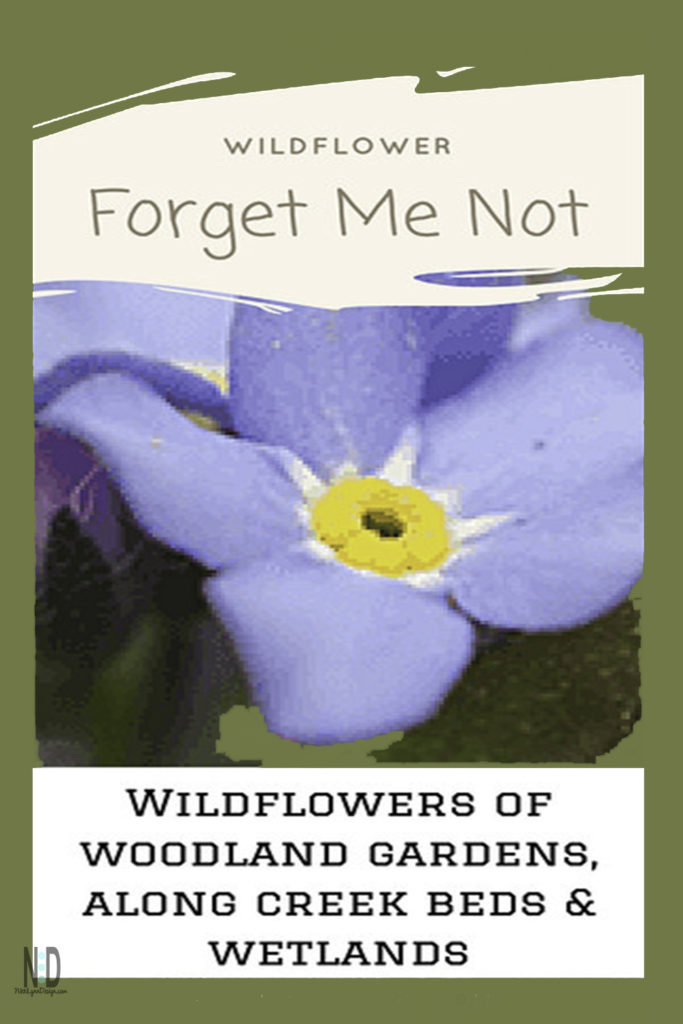
Cultural and Folkloric Connections
Beyond its botanical allure, the forget-me-not holds a special place in folklore and cultural traditions around the world.
- German Folklore: the forget-me-not is associated with the legend of the elves, who wore the flowers as a symbol of their magic.
- Christian Tradition: it is said that the forget-me-not received its heavenly blue color when the Virgin Mary wept for humanity’s sins, earning it the nickname “Our Lady’s Tears.”
- Freemasonry: Additionally, the forget-me-not has been adopted as the official flower of Freemasonry, where it symbolizes the bonds of fraternal affection and fidelity.
Gardening and Cultivation
For gardeners seeking to incorporate the charm of forget-me-nots into their landscapes, these versatile wildflowers are relatively easy to grow and maintain.
Forget-me-nots thrive in partially shaded areas with moist, well-drained soil, making them ideal candidates for woodland gardens, borders, and containers. They self-seed readily, allowing them to naturalize and spread effortlessly, creating a carpet of blue blooms that adds a touch of whimsy to any garden setting.
Collect Seed From Plant

Their seeds are found in pods that when brushed against the pod will fall to the ground to germinate elsewhere.
You can collect seeds by placing a piece of white paper under the stem and shaking the seed pods.
It will release seeds. If growing a plant from seed, the flower will bloom in the second year.
Forget Me Not can also be propagated by the division before it blooms or directly after it blooms. A stem cutting taken in summer can also prove productive
A Lasting Legacy
In today’s fast-paced world, where distractions abound and memories often fade, the forget-me-not serves as a reminder of the importance of cherishing the past and honoring those we hold dear. Whether adorning a bridal bouquet, nestled among the foliage of the woodlands, or simply brightening a windowsill vase, the forget-me-not continues to captivate hearts with its timeless beauty and enduring symbolism.
As we pause to admire the delicate blooms of the forget-me-not, let us reflect on the cherished memories and bonds that enrich our lives, and may we always remember to hold them close, like the petals of this beloved wildflower.
In the language of flowers, the forget-me-not whispers a gentle plea: “Forget me not, for in your heart, I shall forever bloom.”
